CIO IT Performance Metrics

Are you struggling to measure the impact of your IT investments on business performance? Look no further. In today’s fast-paced digital landscape, it is essential for organizations to have effective IT performance metrics in place to ensure their technology investments are aligned with business objectives. In this article, we will delve into the importance of IT performance metrics and provide valuable insights on how to measure and improve IT performance for the success of your organization. CIO IT Performance Metrics.
What Are CIO IT Performance Metrics?
CIO IT performance metrics are measurable criteria utilized to assess the effectiveness and efficiency of an organization’s IT capabilities. These metrics offer valuable insights into the performance of IT systems, infrastructure, and processes, assisting in strategic decision-making and allocation of resources.
Why Are CIO IT Performance Metrics Important?
CIO IT performance metrics are essential for assessing the success of IT strategies, allocation of resources, and technology investments. These metrics offer valuable information on system reliability, cost-effectiveness, and user satisfaction, enabling informed decision-making and ongoing enhancements.
What Are The Benefits Of Using CIO IT Performance Metrics?
The use of CIO IT performance metrics provides several advantages:
- It allows for better decision-making based on data-driven insights.
- Increases visibility into IT operations.
- Aligns IT goals with business objectives.
- Identifies areas for improvement.
- Promotes effective communication and collaboration among stakeholders.
How To Measure CIO IT Performance?
As a CIO, measuring the performance of your IT department is crucial in understanding its impact on the organization. There are various methods to evaluate CIO IT performance, but three key strategies stand out: Key Performance Indicators (KPIs), Service Level Agreements (SLAs), and the Balanced Scorecard. In this section, we will discuss these methods in detail and how they can provide valuable insights into the effectiveness of your IT operations.
1. Key Performance Indicators
- Identify the Key Performance Indicators (KPIs) that align with both business objectives and IT strategy.
- Ensure that the KPIs are measurable, relevant, and have a direct impact on IT performance and organizational goals.
- Establish benchmarks for the KPIs to measure current performance and set targets for improvement.
- Regularly monitor and analyze data from the KPIs to track progress and identify any areas that require attention.
- Utilize insights from the KPIs to make informed decisions, prioritize resources, and drive continuous improvement.
2. Service Level Agreements
- Define Clear Objectives: Establish measurable and achievable targets for services to create Service Level Agreements (SLAs).
- Agree on Key Metrics: Determine specific metrics like response time, resolution time, and uptime to be included in the SLAs.
- Set Performance Thresholds: Clearly outline acceptable levels of performance for each metric in the SLAs.
- Include Penalties and Rewards: Specify consequences for not meeting the terms of the SLAs and rewards for exceptional performance.
- Regular Monitoring and Review: Continuously track, analyze, and adjust the SLAs to ensure they align with evolving business needs.
3. Balanced Scorecard
The balanced scorecard for CIO IT performance involves the following steps:
- Develop key performance indicators (KPIs) for each perspective: financial, customer, internal processes, and learning and growth.
- Align KPIs with strategic objectives to measure performance accurately.
- Regularly review and update the Balanced Scorecard to ensure its relevance and effectiveness.
Pro-tip: Make sure that the metrics on the Balanced Scorecard are connected to the overall business strategy for maximum impact.
What Are The Most Important CIO IT Performance Metrics?
As a CIO, measuring the performance of your IT department is crucial in maintaining the efficiency and effectiveness of your organization’s technology. In this section, we will discuss the key performance metrics that every CIO should track to ensure the success of their IT initiatives.
From managing IT budgets and project success rates to maintaining service availability and customer satisfaction, these metrics provide valuable insights into the overall performance of your IT department. Let’s dive into the top five most important CIO IT performance metrics.
1. IT Budget and Cost Management
- Regularly review and analyze the IT budget and cost management metrics to identify trends and patterns.
- Set achievable financial goals and targets aligned with the organization’s overall objectives.
- Use metrics to pinpoint areas for cost optimization and resource allocation improvements.
- Engage in open communication and collaboration with relevant stakeholders to ensure transparency and alignment with the organization’s financial strategies.
- Continuously assess and adjust metrics as necessary to maintain relevance and accuracy.
2. IT Project Success Rate
- Regularly review project goals and progress to ensure alignment.
- Use project management tools to track timelines and milestones.
- Perform post-implementation reviews to identify successes and areas for improvement.
- Seek feedback from project team members and stakeholders to gauge satisfaction and identify opportunities for enhancement.
- Adjust project strategies and approaches based on insights gained from performance metrics, including the IT Project Success Rate.
Recently, our IT team utilized the IT Project Success Rate metric to analyze a complex system upgrade. By diligently tracking this key performance indicator, we were able to identify bottlenecks in the process and successfully restructured the project plan, resulting in a 20% reduction in implementation time.
3. IT Service Availability
- Consistently monitor IT systems to ensure continuous IT service availability.
- Implement redundancy and failover mechanisms to minimize downtime and maintain uninterrupted IT services.
- Utilize performance monitoring tools to promptly identify and address any service disruptions.
- Establish robust incident management processes to swiftly resolve any service interruptions.
- Regularly conduct disaster recovery drills to validate the availability of IT services under adverse conditions.
In a study by Gartner, 98% of organizations reported that the average cost of IT service downtime is over $100,000 per hour.
4. IT Security and Compliance
- Conduct a Security Risk Assessment to identify vulnerabilities and establish compliance requirements for IT security.
- Implement Access Control measures to safeguard sensitive data and maintain regulatory compliance for IT security.
- Regularly Update Software and Security Protocols to address emerging threats and ensure adherence to industry regulations for IT security and compliance.
- Enforce Data Encryption to protect confidential information and meet compliance standards for IT security.
- Develop and Maintain IT Security Policies to guide employee behavior and ensure regulatory compliance for IT security.
5. IT Customer Satisfaction
- Regularly Engage with Customers: Actively seek feedback through surveys, focus groups, and direct interactions to ensure IT customer satisfaction.
- Analyze and Act: Use feedback to identify areas for improvement and promptly implement necessary changes to maintain high levels of IT customer satisfaction.
- Set and Meet Expectations: Establish clear service standards and ensure that the IT team consistently meets or exceeds them to enhance IT customer satisfaction.
- Provide Support: Offer responsive support channels and resources to effectively address any concerns and maintain IT customer satisfaction.
- Communicate Progress: Keep customers informed about IT initiatives, improvements, and the impact on their experience to further enhance IT customer satisfaction.
Did you know that a 5% increase in IT customer satisfaction can result in a 25% to 95% increase in profits?
How To Use CIO IT Performance Metrics To Improve IT Performance?
As a CIO, monitoring and improving IT performance is crucial to the success of your organization. One effective way to achieve this is by utilizing CIO IT performance metrics. In this section, we will discuss how to effectively use these metrics to enhance IT performance.
From regularly tracking and analyzing metrics to continuously reviewing and adjusting them, we will cover the key steps for leveraging these metrics to drive positive change. With these strategies, you can effectively measure and improve the performance of your IT department.
1. Regularly Track and Analyze Metrics
- Set up a system to consistently collect relevant metrics.
- Utilize data analysis tools to effectively interpret and understand the gathered metrics.
- Create a consistent schedule for reviewing and analyzing metrics to monitor performance trends.
- Identify key patterns and insights from the metrics to inform decision-making.
- Incorporate feedback loops to adapt strategies based on the analyzed metrics.
2. Set Realistic Goals and Targets
- Assess current performance levels and capabilities to determine a starting point.
- Collaborate with relevant stakeholders to set achievable and impactful targets, in line with the goal of setting realistic goals and targets.
- Establish clear and specific objectives that align with overall business goals and IT strategy.
- Regularly review and adjust goals to ensure relevance and feasibility.
- Communicate goals transparently across the organization to foster alignment and commitment.
3. Use Metrics to Identify Areas for Improvement
- Utilize metrics to identify areas for improvement by:
- Analyzing performance data to pinpoint underperforming areas
- Comparing current metrics with industry benchmarks to identify gaps
- Utilizing metrics to uncover pain points by seeking feedback from end-users or stakeholders
- Conducting root cause analysis to understand the underlying issues
- Prioritizing improvement areas based on impact and feasibility
4. Communicate and Collaborate with Stakeholders
- Initiate regular meetings with stakeholders to discuss and collaborate on IT performance metrics and gather insights.
- Share performance reports, highlighting achievements and areas for improvement, to promote open communication and collaboration.
- Seek feedback from stakeholders to align IT goals with the objectives of the organization.
- Create open channels for communication to address concerns and ensure transparency in the process.
- Establish a collaborative environment to collectively enhance IT performance and achieve successful outcomes.
Fact: Effective communication and collaboration with stakeholders is crucial for utilizing CIO IT performance metrics to drive organizational success.
5. Continuously Review and Adjust Metrics as Needed
- Regularly review metrics to ensure their relevance and accuracy.
- Adjust metrics based on changing business needs and advancements in technology.
- Engage stakeholders to gather feedback on the effectiveness of the current metrics.
- Consider industry benchmarks for comparison and potential adjustments to the metrics.
- Continuously monitor and refine the metrics to align with the evolving objectives of the organization.



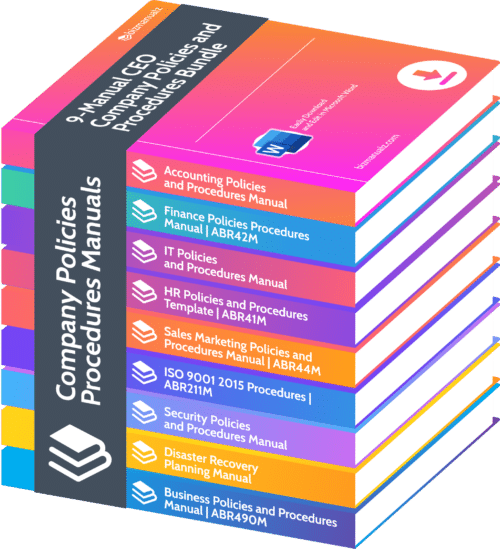


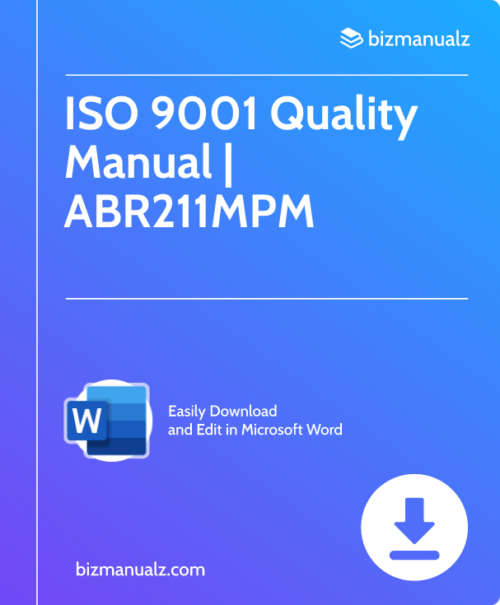
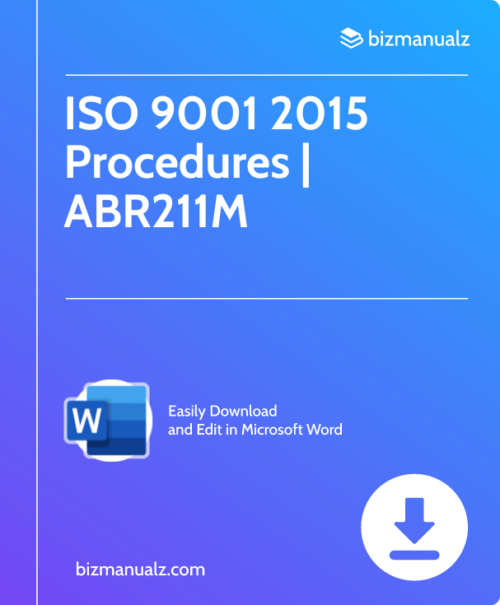

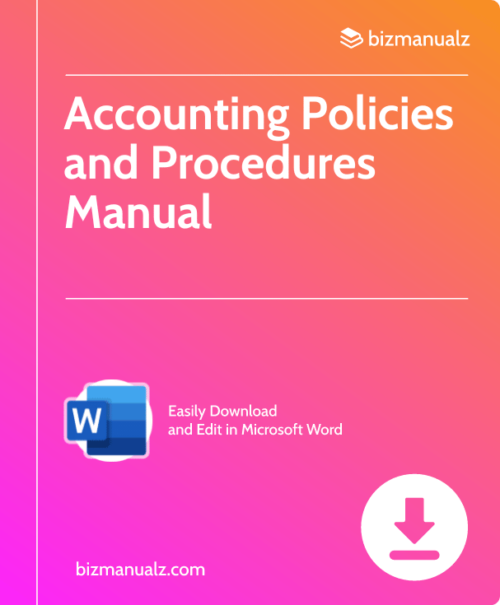
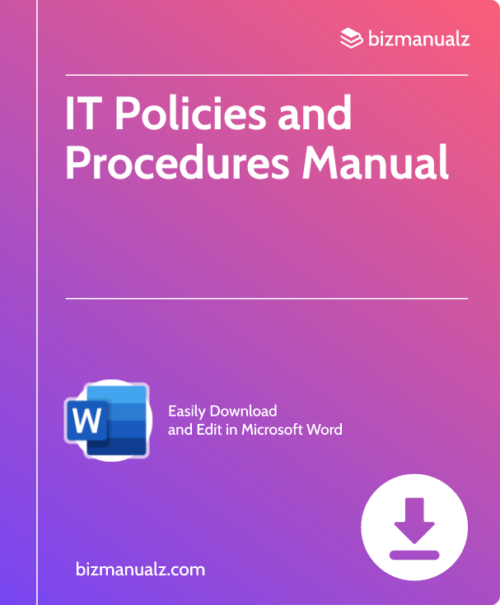

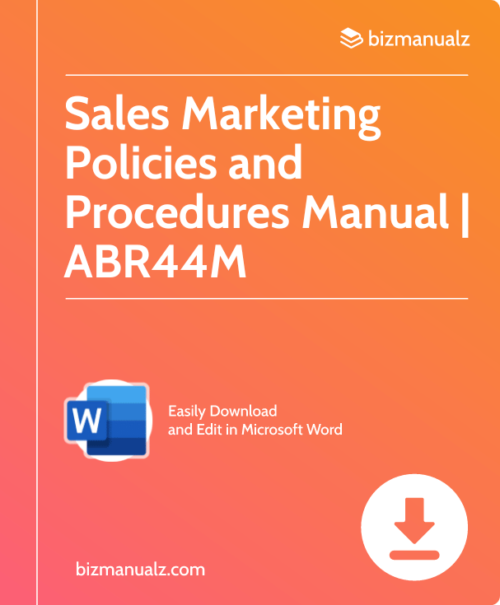

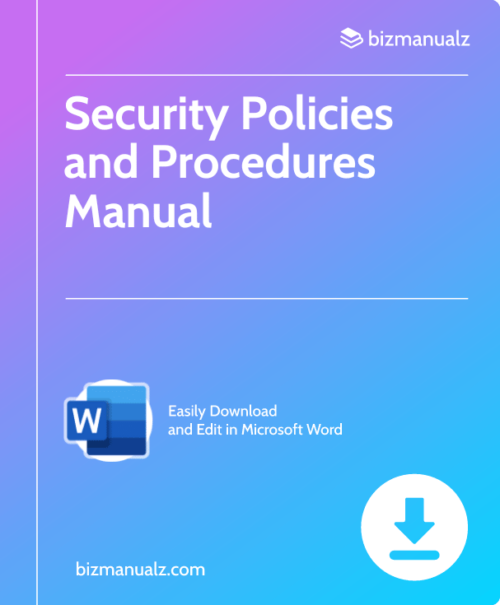
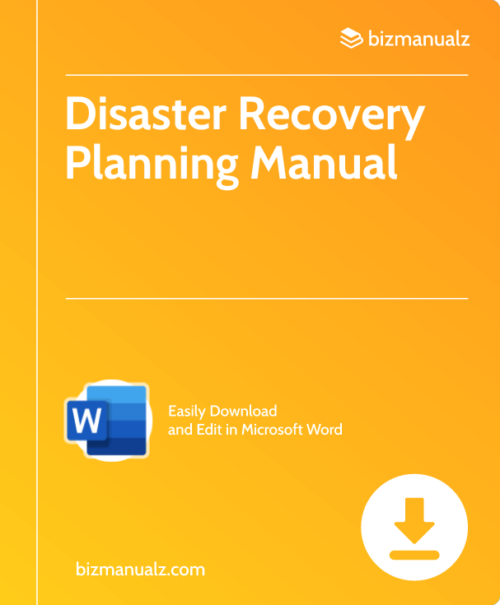

Leave a Reply